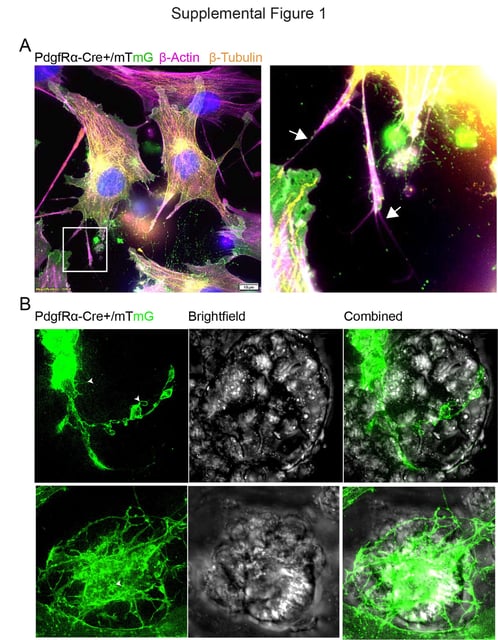Overview
- Telocytes in mouse intestinal crypts use elongated cytonemes to deliver Wnt signals directly to individual stem cells, overturning the long-held diffusion model.
- High-resolution fluorescence and electron microscopy revealed synapse-like junctions between telocyte extensions and stem cells, underscoring brain-like precision.
- Disrupting the scaffold proteins KANK or Liprin prevents cytoneme formation and abolishes targeted Wnt transport.
- The study published in Developmental Cell validates precise Wnt signaling in the gut and details the molecular mechanics of this delivery system.
- Researchers are now investigating how harnessing this targeted communication could improve stem cell therapies and create more effective treatments for colon cancer and inflammatory bowel diseases.

